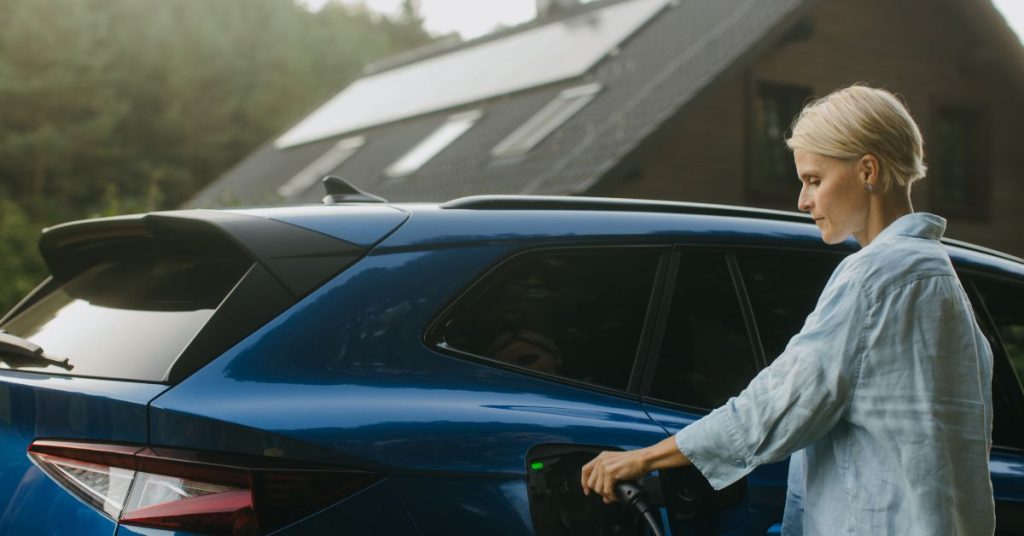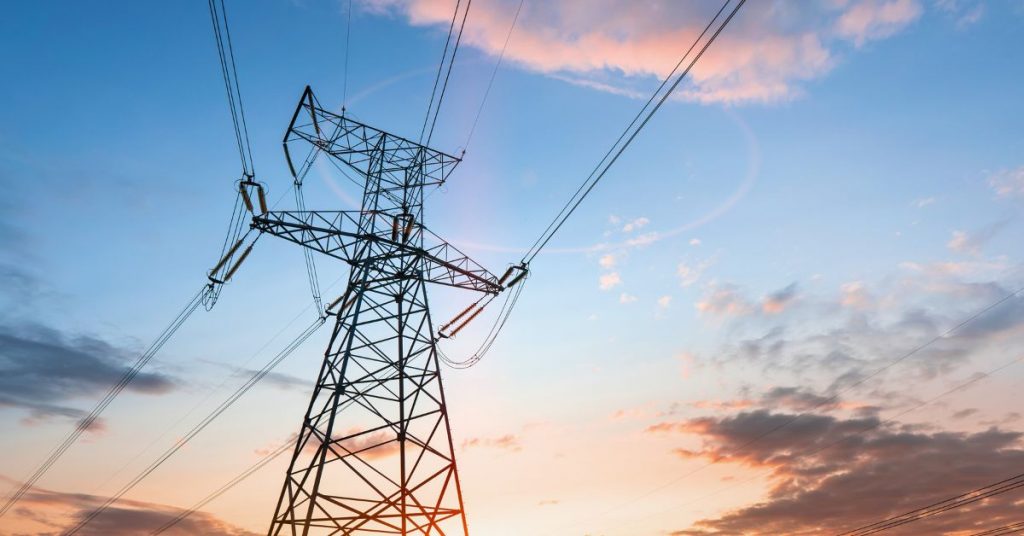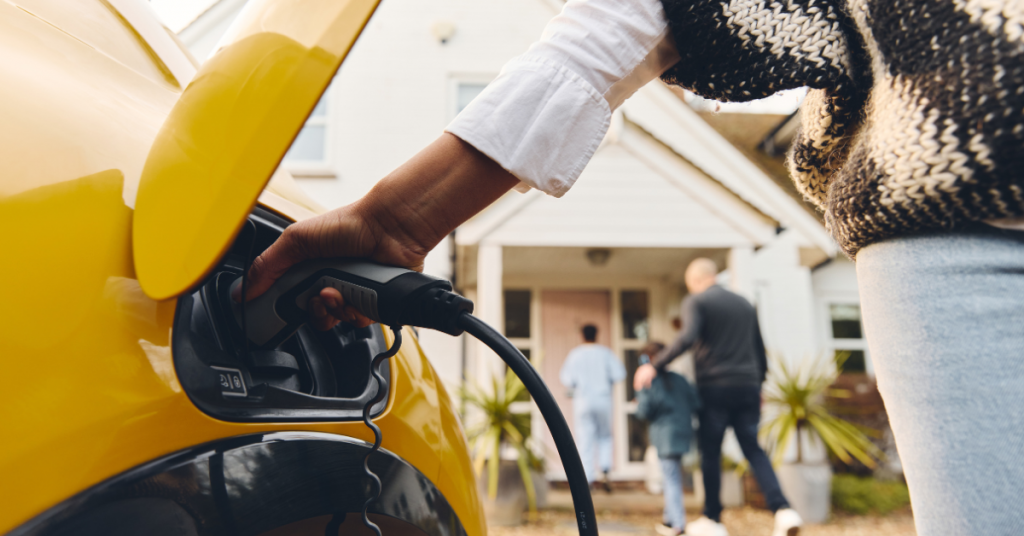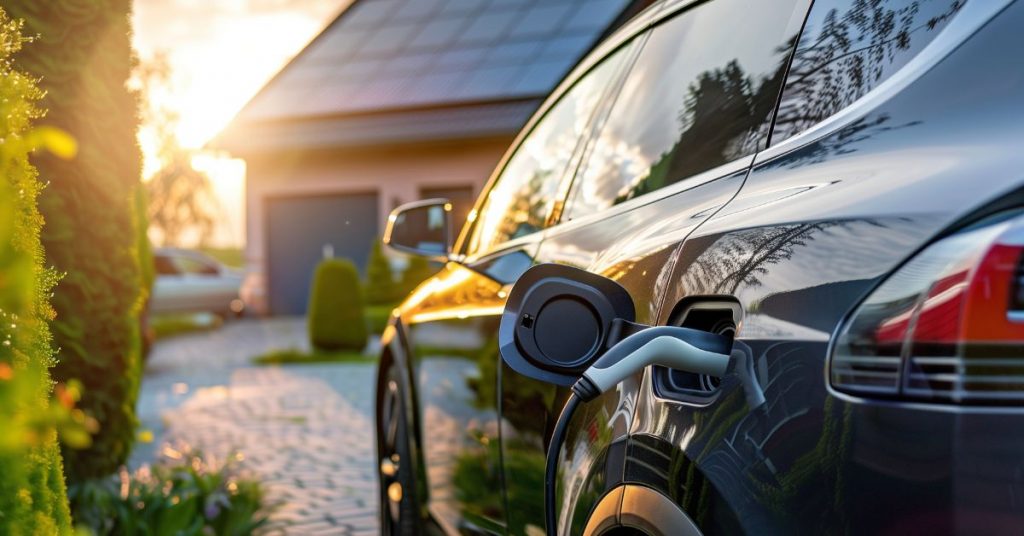
Unpredictable energy costs are making household budgeting more challenging, and growing concerns about climate change are prompting us all to reflect on our carbon footprint. That combination is driving many of us to consider adopting three new technologies – once considered futuristic, but now within reach for most homeowners. We’re talking about solar panels, electric vehicles, and home battery storage. Each of these technologies is transformational in its own way, but the real magic happens when they are combined as part of a smart home energy system. But what does that look like for the average UK home?
Powering Your Home With Free, Clean Solar Energy
It’s a common misunderstanding that the UK doesn’t have enough sunny weather to make solar power a viable investment. In fact, improvements in solar PV panel design and efficiency gains over recent years mean that solar power can meet an appreciable percentage of the average household’s annual energy needs. The amount depends on several factors, including the size of the solar array, the location (Southern England receives more annual sunlight than Northern Scotland), and the efficiency of the panels themselves.
But you don’t need to go 100% solar to make savings – every kWh of solar energy you generate is one less you have to pay for. However, you need to put that energy to good use. Under ideal conditions, such as a summer afternoon, your solar array is likely to be generating more energy than your home can use, especially if the family is at work or school. One option is exporting excess energy back to the grid under the Smart Export Guarantee, which pays a few pence per kilowatt-hour. But a more straightforward way is to capture that excess energy for your own use, which is where EV chargers and home battery systems come in.
Driving on Sunlight With a Smart EV Charger
Today’s intelligent chargers, such as the Humax MX7 Smart EV Charger, monitor solar output, household demand, and live electricity tariffs. When rooftop solar production is strong and the home is already fully charged, the charger directs the excess generation into the car. If the weather turns cloudy or evening demand peaks, it pauses automatically so the household does not end up paying peak-rate prices.
Later in the evening, when many suppliers offer cheaper off-peak tariffs, the charger can top up your EV to the desired level. You simply tell the software how many miles you need by morning or what percentage you want in the battery, and it handles the timing. For most EV owners, the result is a fully or nearly fully charged battery every morning at the lowest possible cost.

Completing the Loop: Home Battery Storage
For true energy independence, households need a way to store additional solar energy once current needs have been met, and the EV is fully charged. The solution? Home batteries, also known as Battery Energy Storage Systems (BESS), allow you to store as much as 1 to 2 days’ worth of electricity and use it whenever it’s most needed. That could involve storing solar energy for use later in the day, charging your EV overnight without needing grid power, or keeping everything running in the event of a power cut. Integrating a BESS alongside solar panels and smart EV charging adds a new layer of flexibility and independence.
Even without solar energy in the mix, the battery system can fill up on cheap off-peak grid power, which you can then use when tariffs are higher during the day without paying a premium. The modular design of modern BESS systems allows you to start small and increase capacity later. An entry-level system with 5 kWh of capacity may be sufficient for your overnight needs, and you can then add extra batteries when you’re ready to invest more, increasing the total capacity to several days of energy use.
Working Together: How the Technologies Communicate
As the sun rises, your solar panels start producing power, enough to cover your home’s basic needs – fridges, freezers and other devices on standby. Once the sun rises higher in the sky, solar production starts to reach its peak. At this point, surplus power is diverted to charge the home battery. By midday, the battery has reached its predefined limit, and the smart EV charger automatically starts pulling current from the solar panels to charge your car.
If the afternoon is cloudy, then total household demand may start to exceed the output of your solar panels. In this case, the home battery begins supplying additional power, thereby avoiding the need to switch to expensive grid electricity. When the family returns and plugs in the car, the smart charger checks solar production. If the output is still healthy, it continues to charge. If not, it waits for the off-peak tariff to begin. By the following morning, the vehicle is topped up and ready for another busy day.
Costs, Savings, and Payback Periods
Up-front costs vary by size and brand, but recent averages are £5,500 – £7,000 for a 4 kW solar array (including installation) and £4,000 upwards for battery storage for a 3-4 bedroom home, according to the Renewable Energy Hub. EV chargers require less upfront investment, with current prices around £600 to £700 for modern devices such as the Humax MX7.
A family that drives 8,000 electric miles a year and shifts major appliance use to daylight can cut annual electricity and fuel costs by £700 to £900 compared with a petrol car and grid-only electricity. With energy prices above 30 pence per kilowatt-hour in many regions, payback periods of ten to eleven years for solar PV alone are now common, according to the Energy Saving Trust. Hardware life expectancy is 15 to 25 years. Government incentives, occasional regional grants, and zero VAT on home batteries (when installed with solar) can further shorten payback periods.
Of course, it’s not necessary to install a complete system all at once. Most homeowners take a modular approach, for example, adding a smart EV charger first to ensure their transport needs are covered, then incorporating solar panels to reduce energy expenditure, and adding a battery storage system later for added flexibility – and the option to sell excess solar energy back to the grid at any time of day.
If you’re looking to get started with EV charging, you’ll find more information on the latest smart charger from Humax – the MX7 – here.


